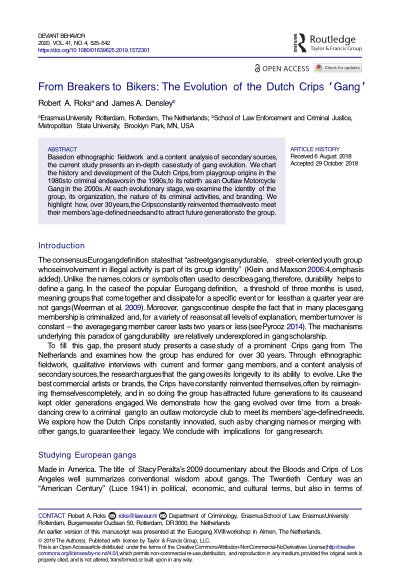By Jonathan D. Rosen and Hanna Samir Kassab
According to the United Nations Office on Drugs and Crime (UNODC), the Americas is the most violent region in the world. The Americas has a homicide rate of 16.3 per 100,000 people, while Africa had a homicide rate of 12.5 per 100,000 inhabitants. Europe, Oceania, and Asia had much lower homicide rates with three percent, three percent, and 2.9 percent, respectively (see Fig. 1.1).1 The Americas is also home to the most violent country in the world. In 2015, El Salvador surpassed Honduras as the most violent non-waring nation. Violence has exceeded the days of the country’s civil war, which lasted for more than a decade. In fact, experts note that at one point in 2015 El Salvador had one murder per hour. Jonathan Watts writes, “Last Sunday was, briefly, the bloodiest day yet with 40 murders. But the record was beaten on Monday with 42 deaths, and surpassed again on Tuesday with 43. Even Iraq—with its civil war, suicide bombings, mortar attacks and US drone strikes—could not match such a lethal start to the week.”2 In January 2017, the country saw a rare phenomenon occur: one day without a murder.3 Much of the violence in El Salvador has been a result of gang-related activities as well as the consequences of the government’s tough on crime strategies.4 El Salvador’s neighbors, Guatemala and Honduras, have also seen high levels of gang-related violence.5 Honduran President Juan Orlando Hernández argued that 80 percent of the homicides that occur in this country are related to organized crime.
New York:London: Palgrave Macmillan, 2019. 165p.








